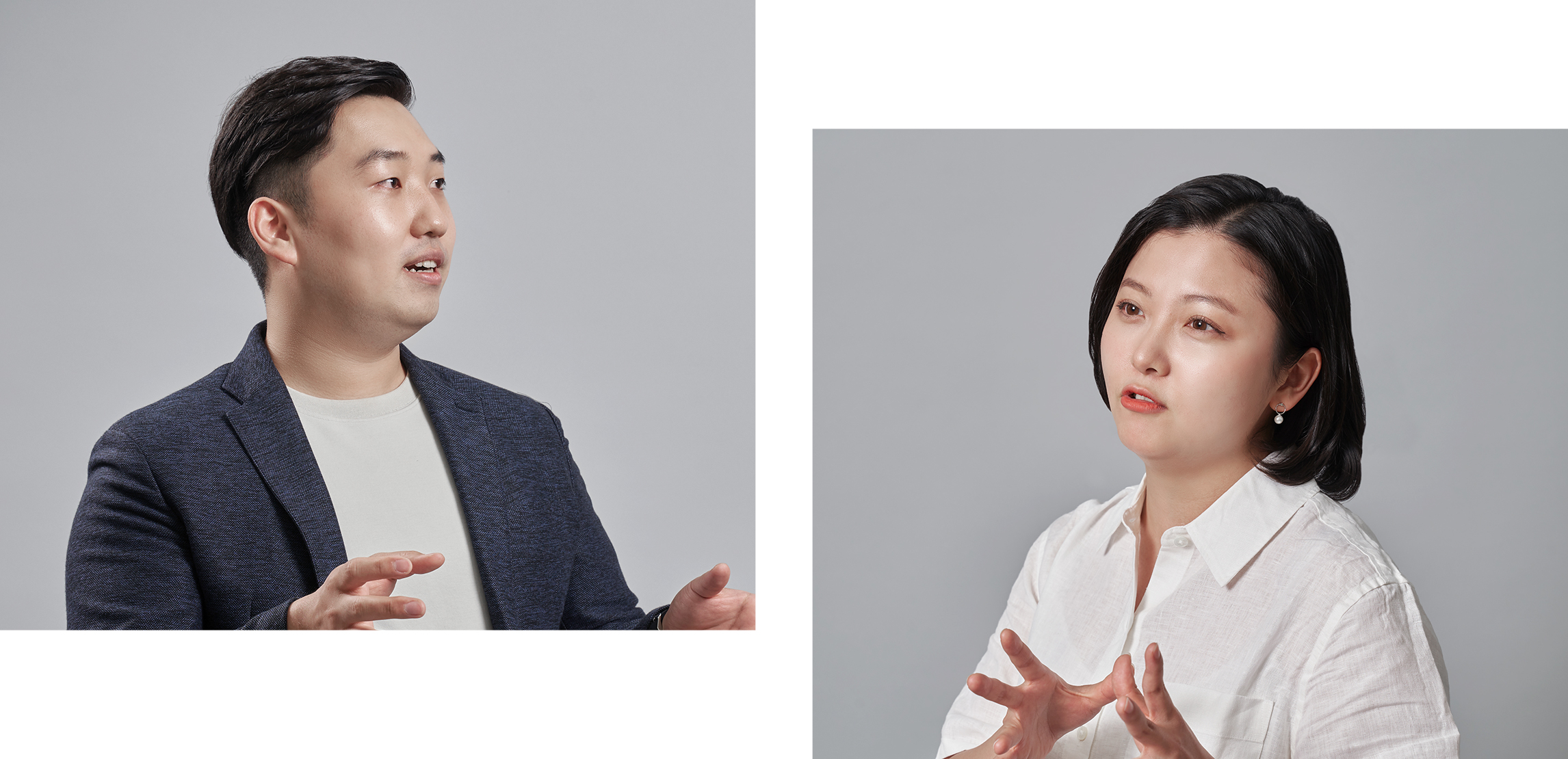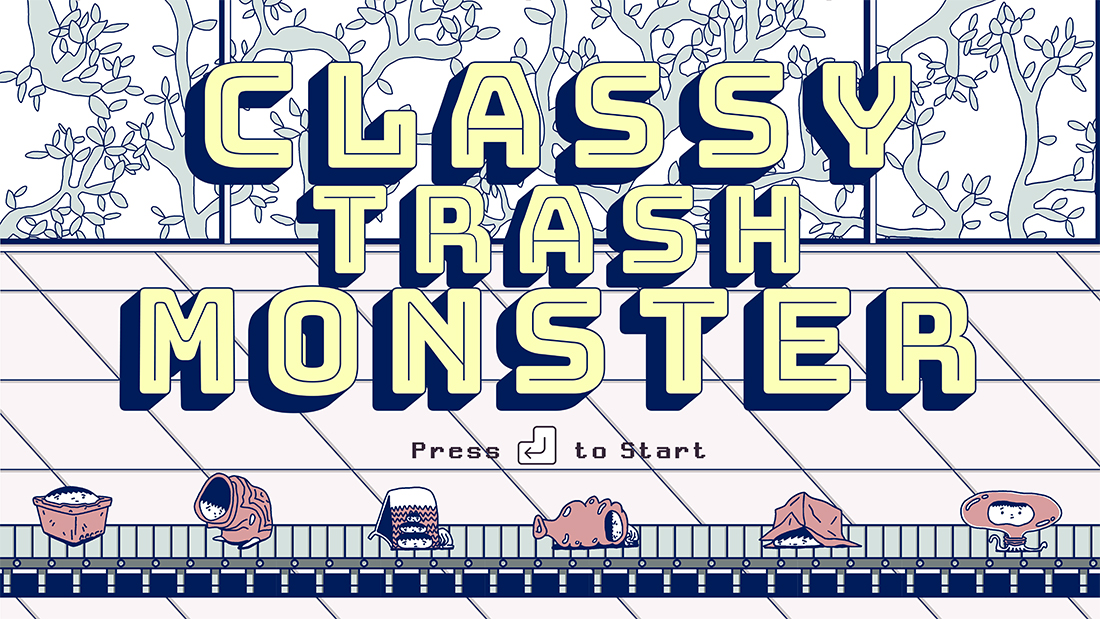NC has been cooperating with KAIST Graduate School of Culture Technology since 2020 to foster future R&D talents and develop game contents research. Best work in 2021 of NC-KAIST game design project conducted as part of industry-academia collaboration has won in the ‘Transformative and Transgressive Play’ category at Student Game Competition of 2022 ACM Conference on Human Factors in Computing Systems(CHI) held in April to May(Link).
In this interview, NC Blog met the student team(Haram Kwon, Joonhyung Bae, Karam Eum, and Seolhee Lee) of KAIST Graduate School of Culture Technology which developed ‘Classy Trash Monster(CTM)’, the winner of the competition, and listened to the game development process in detail. In addition, the class reviews by Professor Joohan Nam of KAIST Graduate School of Culture Technology who lead the game design project class and by Donggyo Lee, Director of NC Game Design Lab in charge of practical lecture and feedback will be released.
 Facebook
Facebook  Twitter
Twitter  Reddit
Reddit  LinkedIn
LinkedIn  Email
Email  Copy URL
Copy URL 





